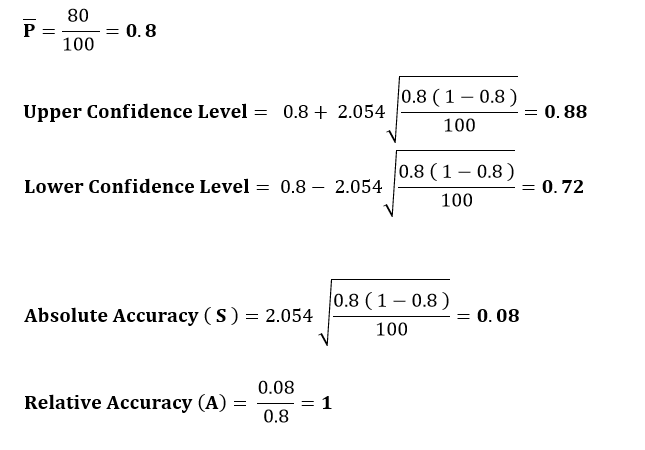Work sampling involves instantaneous observation of a worker at random intervals for a sufficient number of times for a period of time. At every observation, a note has to be made as to whether he is working or not working. From this information; an interval estimate for a given confidence level, has to be made regarding the percentage (or proportion) of time the worker is supposed to be working.
The very purpose of work sampling is to determine the proportion of time spent by workers in various defined categories of activity. Work sampling is also called as ‘activity sampling’, ‘occurrence sampling’ or ‘ratio delay study’.
Work Sampling
‘Work sampling’ is basically a method of testing the ability of a worker by giving them a sample of any specific work to do and evaluating their performance. In a work sampling study, a large number of observations are made of the workers over an extended period of time. For statistical accuracy, the observations are taken at random times during the period of study.
Steps in Work Sampling
- Decide on the number of observations to be made (also called preliminary sampling).
- Find out the randomly chosen timings for making these observation.
- Make instantaneous observation at every visit whether he or she is working or idle.
- Determine activity proportion in the sample (proportion of working) by the formula.

- Decide on the confidence level required.
- Find the Z value corresponding to the confidence level (refer normal curve table).
- Make an interval estimate of the proportion of working of the worker.

Where ‘n’ is the preliminary sample size.
- Find the absolute accuracy (S) with the formula

- Find the relative accuracy (A)

Example: A work sampling study is needed to estimate the percentage of time a bagger in an airport is busy on a week. The management wants to be 98% confident of its estimation. The preliminary sample of 100 observation in a week has shown the bagger to be busy 80 times.
n = Preliminary Sample Size = 100
Z value for 98% (referred normal curve table) = 2.054

